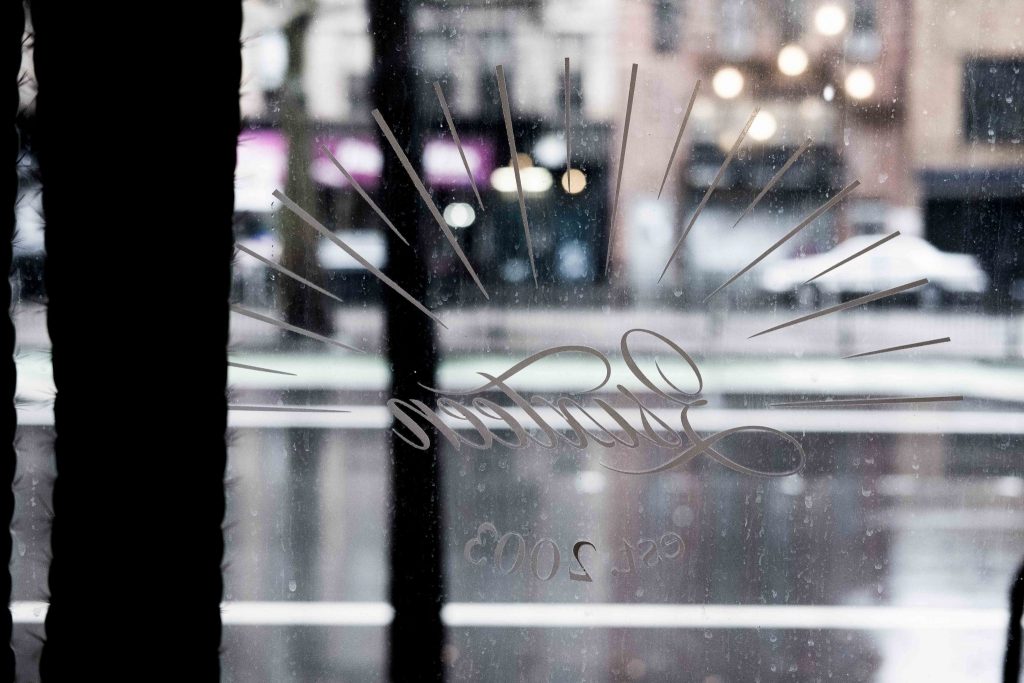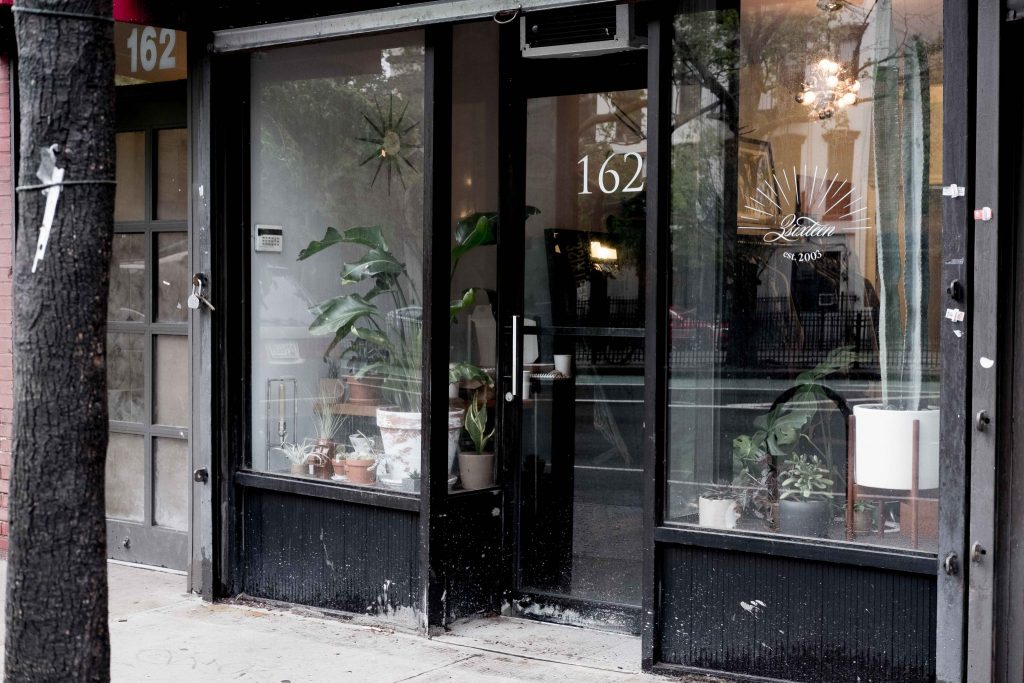
Our Brand Spotlights are where we share the stories of the people behind the brands that we carry. More than just buying a product, we want the Withered Fig experience to be deeper in purpose and meaning. We want you to know the people behind the brands that have made this their living. It is the men and women, from the top to the bottom, the owners, the designers, the cutters and sewers, that encompass everything that each brand is. As such, we hope that the stories we share will not only help you learn a little more about what makes each brand unique, but also encourages you to pursue your passions as well.
INTRO
3sixteen is first and foremost a denim company. While they have been around for nearly 15 years, they really began to focus on their core business of denim in 2010. 3sixteen sources Japanese fabrics woven specifically for them, and ultimately cut and sew the fabrics into actual jeans in San Francisco, CA. 3sixteen has since re-expanded their offerings to include tees, shirting, jackets, and much more. We love denim, and so naturally we are excited to have them be a part of our initial offering.
We sat down with Andrew Chen [A], co-owner, and Wesley Scott [W], designer for 3sixteen, at their New York City office to pick their brains about everything from denim, to their design philosophy, and to collaborations. This is Part 1 of a two-part series on 3sixteen. Part 2 of the Brand Spotlight can be found here.
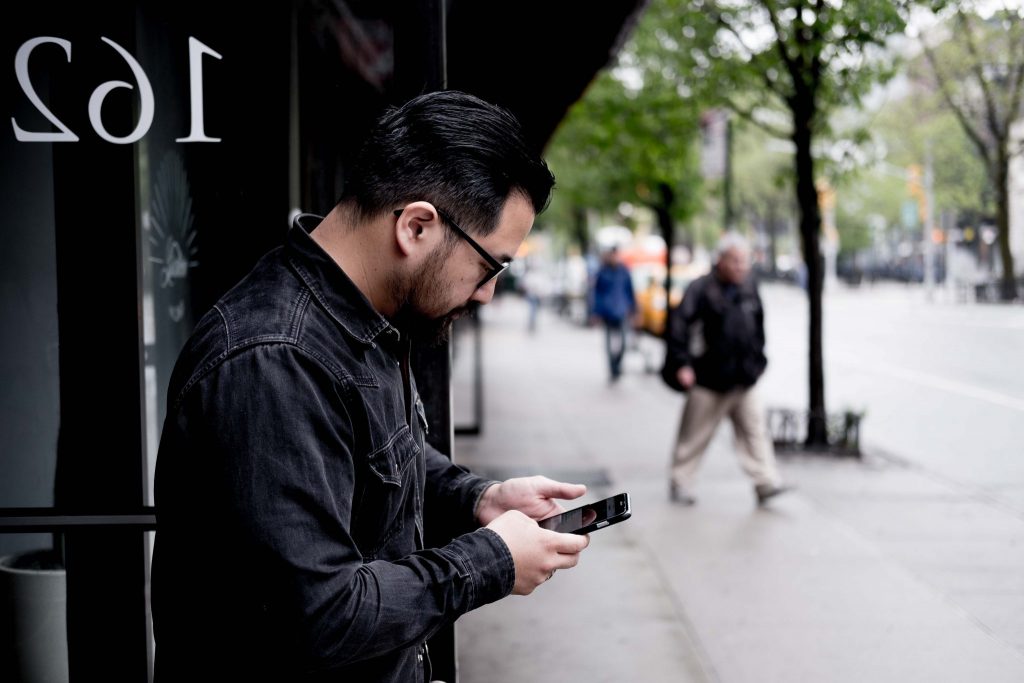
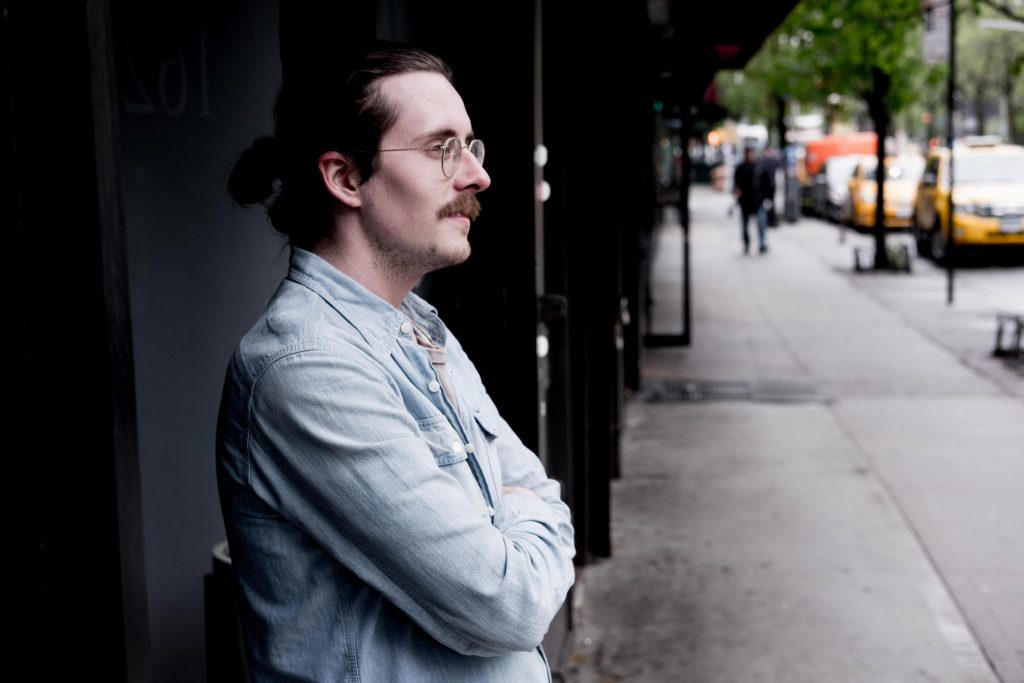
DESIGN
For those who are just getting to know 3sixteen, what would you say 3sixteen is as a brand?
A: At its core, at its heart, we’re talking about a brand that places a lot of value on good design. Part of that is aesthetics: our product should be attractive to you when you pick it up on a rack. The packaging should be carefully considered, and it should communicate something about the brand to you – from our hangtags, to our pocket flashers, etc. But, the proof for us – and for a lot of people who love what we do – is how the garments will wear over time. This is an important principle that obviously applied to our jeans when we first designed them, but also extends to the rest of our collection. A lot of the jacket and shirt styles you see in our collection now were ones we started making in 2008: the Crosscut flannels, the Stadium Jackets, and even the plain t-shirts, which tie back to the beginnings of our brand. But now, of course, they’re made to our specs, our own fabric, and our own fit. It’s kind of cool to us to see that things we designed almost a decade ago can still have a place in our collection.
You mentioned that 3sixteen at its core is about good design. What’s the design process like for you guys in creating a new piece of clothing?
W: We definitely don’t do it in a conventional way; we don’t sit down and build a full mood board or do it in such a structured manner. It comes about a bit more organically, through discussions and brainstorming over longer periods of time. We get to talking about an idea or a theme we all agree on, and we keep working on it and it goes from there. The process mostly starts here in New York where we work with fabric vendors and establish a rough idea of what we want a collection to look like – a general inspiration point we all start off from. And then we tie it in with the west coast and they bring in their ideas that are different and important. We challenge each other in that way, and it works nicely because the back and forth helps us reach the final product that ends up on the rack.
A: Sometimes it comes out of practicality, like with how well the Type 3 jacket performed for our brand. Johan brought up the fact that he would like to see another denim jacket in the lineup, and his reference point was old Wranglers. So the next thing Wes and I did was hit up a few vintage stores – we dug through racks, pulled out old jackets that we felt were interesting, and bought some samples. Then we started flipping through fabrics and tried to decide on if we wanted to diverge from the Shadow and Double Black approach that we did with the Type 3. We ended up going with that super neppy indigo fabric because we wanted the feel of a traditional denim jacket. We had requests for a Type 3 in an indigo denim, but we wanted this one to be something pretty crazy and for the fabric to resemble something that you’d find on a vintage chore coat. Even the hue of the blue, it’s got a grayish cast to it, and looks like new-old stock, vintage work jackets. It’s not something you would have found on a Wrangler, though, so there’s still this interesting juxtaposition – taking different ideas and producing something new. You’ll never find a vintage jacket that fits the way our Ranch Jacket fits. But as far as design details go, with the pocket shapes and zig-zag stitching on the front placket, someone who’s into vintage clothing will know exactly where those ideas come from. So that started as a practical thing where we needed to add another denim jacket to the lineup, but it grew from there.
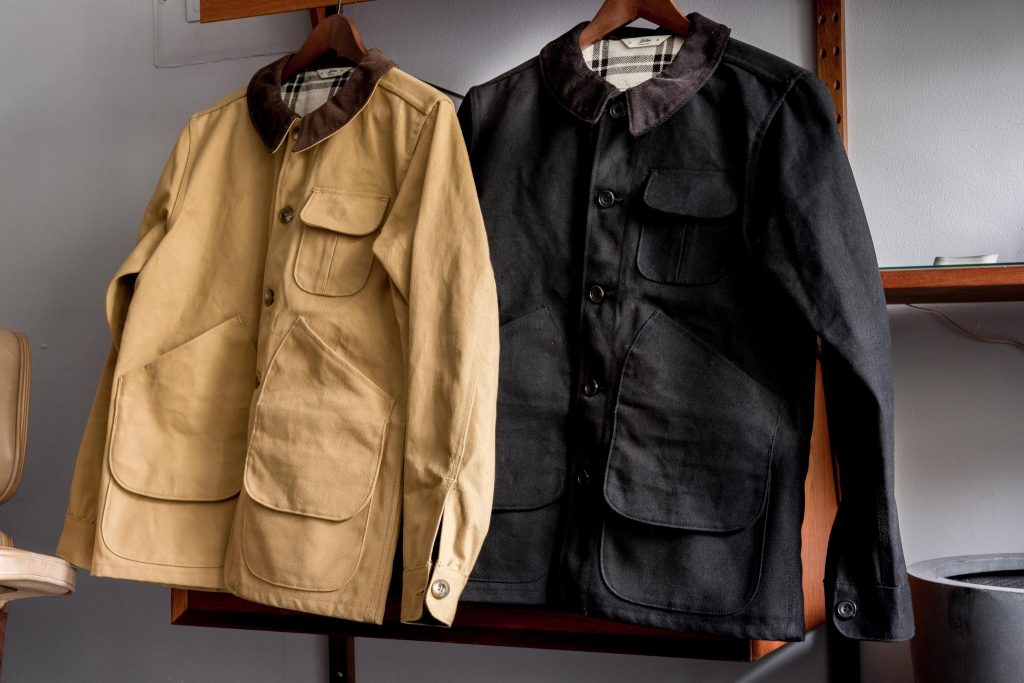
Anything from the upcoming 3sixteen F/W 17 season that you could speak to as far as the design process?
A: Another practical approach we can take is releasing an existing silhouette in a new fabric because we know that it works already. In that case, you look at the season overall and then compare it to what kind of fabrics we’ve been considering, and then determine what makes sense. We made a frogskin camo Fatigue Overshirt last fall, and we thought it lent a different texture and something unexpected from what we’ve made in the past. I think our customers liked it too, and so we wanted to revisit that. But we wanted to bring in a color pattern that was a little more subdued. So if you look at this year’s F/W collection, you can see our new Mitchell Camo pattern is very distinct, but the tones this season have a lot less pop in this collection than in the past. We went earthier this season.
On that note, what are you most excited about from the 3sixteen F/W 17 collection?
A: I really love our knit denim shirt for so many reasons. It’s our first snap shirt, so we obviously love the hardware: it’s based off old western snaps and we had them custom made for us. But the fabric is crazy. It’s an indigo dyed selvedge fleece. When you put that thing on, it’s like a sweatshirt, but looks like a button down. And it should wear in over time. That will be a really fun one that I feel like once customers get to see, try on, and touch, they’re going to realize the possibilities. Like when you’re getting on a plane and traveling, you want to put on the most comfortable clothes you possibly can – and that [knit denim crosscut flannel] could be your most comfortable garment, and not look super sloppy.
W: I think it’s that one too. I actually wear a denim western shirt, a vintage one, almost everyday. I think maybe five days a week, I’m probably in a denim western shirt. This is kind of the perfect blend of that, and actually being able to be extremely comfortable. I just really like this fabric too. I had never seen anything like this. As soon as we saw this fabric, we were like “This has to be on something.”
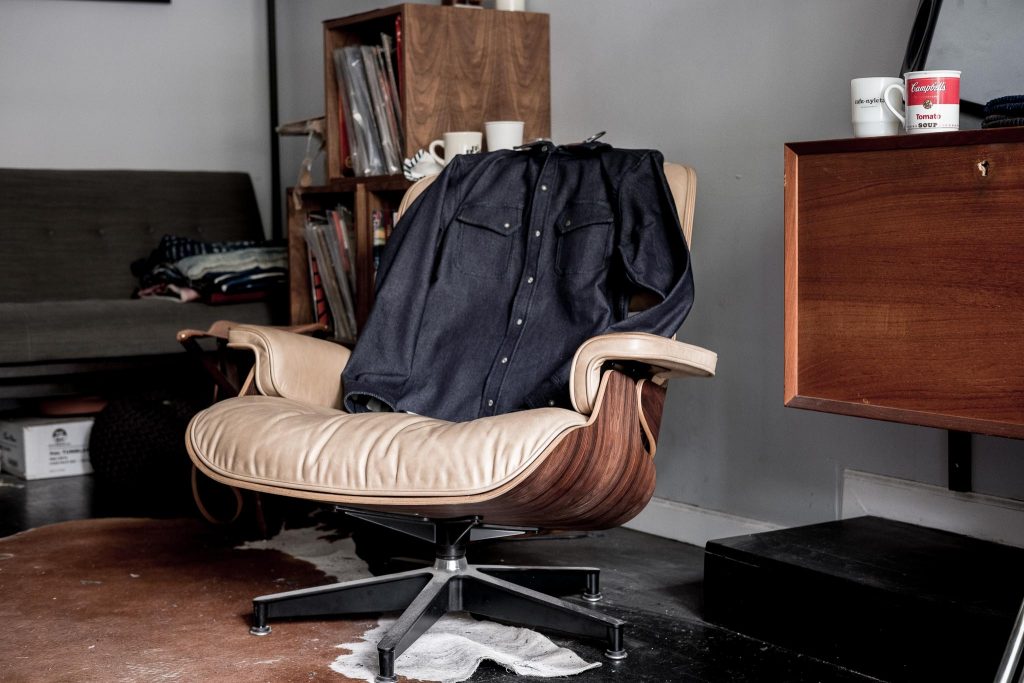
The fact that you do have a loyal customer base likely changes some of your calculus as far as design and putting out ideas that are untested. For example, the upcoming Hunting Jacket – it’s something that you guys have held onto for a couple years but are now finally releasing. What changed to allow you to feel confident in putting this piece out this season?
A: I can’t specifically say why we hold onto certain things [designs or clothing] for a certain time; sometimes we feel like we have to wait for our customers to be ready for it. There really is a balance when you are designing, as far as making stuff you really love and also stuff that is commercially viable. When you feel like the silhouette is commercially viable, you might consider if you want to stretch them [customers] with the fabric, or you want to give them something you know they will really like. Also, looking at it in context with all the collection together. Which fabric is going to make more sense on a rack? When we are shooting a lookbook, which ones are going to flow a little better together? Not that we are expecting people to buy the whole collection and wear all of it at once, but I think part of what we try to do as a brand is to not only introduce people to styles that we want to make, but also introduce them to a different way to wear it when we shoot our lookbooks. We don’t assume everyone’s going to dress the same way or wear it the same way. I think what’s powerful about clothing is you can take it and put it into whatever context you want it to. But, if we’re going to give you our perspective, it should make sense. So as far as the Hunting Jacket, it just felt right this season. There’s definitely a little bit of the outdoorsy vibe this season, and there’s a few influences there. So we just thought that maybe now’s the time to do it.
W: Yeah I don’t think there’s anything that specifically triggered it. We had a vintage jacket sitting here for two years that we would stare at and we had made some sketches already. Sometimes we have it all sitting there, or we’ve talked about it a hundred times, and it’s just like, let’s just do it, it feels right, it feels like the right time. When you’re looking at some of the other stuff that may be going into the collection, you’ll think that this piece might finally work; it might finally fit in. And we can share it with people in a way that we think is a little bit different from how they’ve seen it in the past. We’re not reinventing the wheel with a lot of this stuff. We have influences, of course – we just want to present things in our way. And this season, with this jacket, we finally figured out how we could do it in our way that felt right.
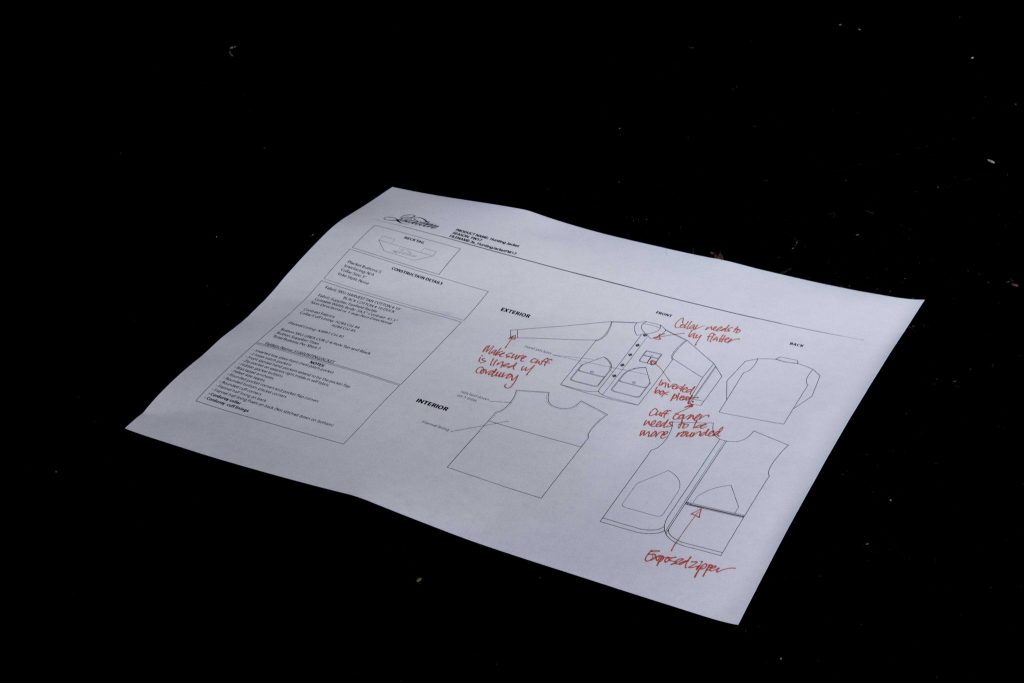
INFLUENCES
Given the success 3sixteen has had, and the potential for even greater successes going forward, do you ever feel like there’s a balance you need to strike between increased sales and staying true to the core of what 3sixteen is?
A: Honestly no, and we can do that because we are small and don’t have outside investors to answer to. The only people we are responsible for are the people who work at our company. Of course, we take profitability seriously because we all want jobs. However, being small and agile gives us the freedom to explore what we want to explore – to work on fun projects that are not revenue generating, but because we think they provide value to others, things like Vanguard or Singularities. While we certainly have our customers in mind when we’re designing, there are times when we create something we personally really believe in, and although it hasn’t been tested and proven, we will run with it instead of simply making something that looks just like what we made last season.
On a similar note, how does being in the two fashion hubs of America, New York City and LA, affect 3sixteen? Is it hard to resist the trends that are pervasive throughout the fashion industry?
A: To a very big extent, our customers already trust us. Their trust in us allows us to keep doing what we do because we can make stuff and generally know that there is a group of people out there in the world whose support we can depend on. That’s the backbone which allows us to try new things, and for that we are really thankful. Being small helps because you don’t have investors who are asking you “Why didn’t you grow by this percent?” It’s ok if something does well, but not crazy well – it’s ok for a brand of our size. But, it’s disastrous when you’re a huge company with hundreds of retail stores and however many staff you have to support, on top of investors you have to keep happy. So as far as us, it’s not a conscious decision to fall in line with industry trends, nor is it to stay away from them. We just try to make stuff we are excited about. With many brands, you can see the influences that speak to them in their collection. Clothing design is very personal and hopefully you’re not going to make something you don’t love. For all of us who are self-owned and self-funded, you have got to keep making stuff that you love.
W: That’s not to say we totally go against the trends or that we don’t pay attention to them, because at the end of the day we are located in the cities we’re in. As soon as something is trendy, it’s all over our cities and we are faced with it constantly. I think it’s more about the ability for us to see these kinds of trends and take away the things we like about each one and instill them into the collection when it makes sense. Because we [3sixteen] all have very different styles between us, and we are all very distinct in what we like and what we wear, we are able to bring that all together in a nice way. Maybe we do take a little from the trends going on, or maybe we ignore them. But we all have had our own distinct styles that we personally like and want to share with people.
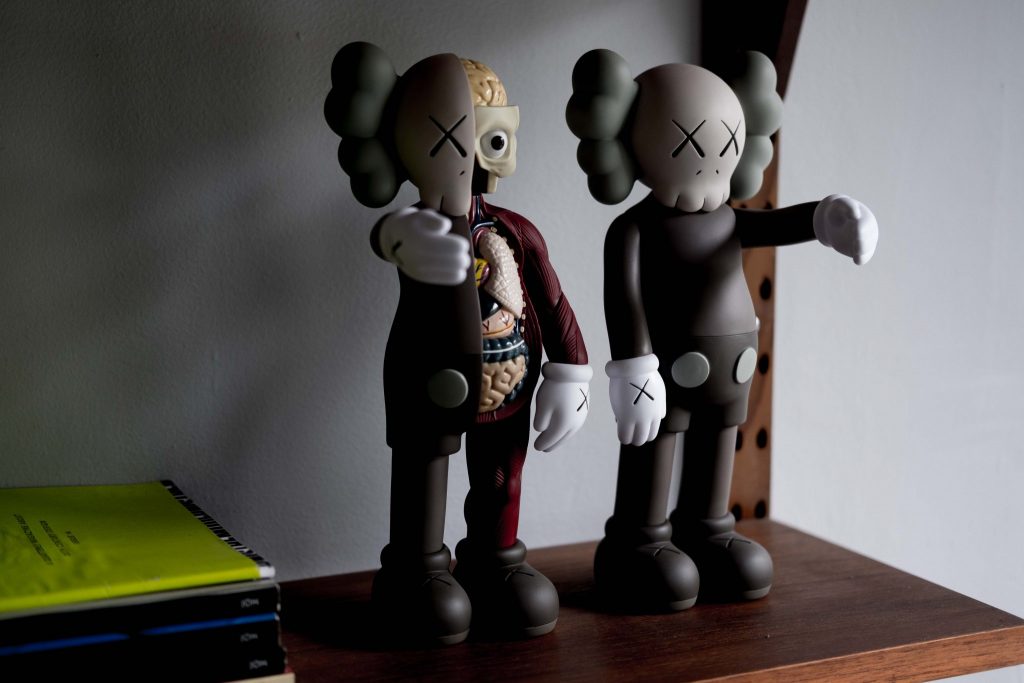
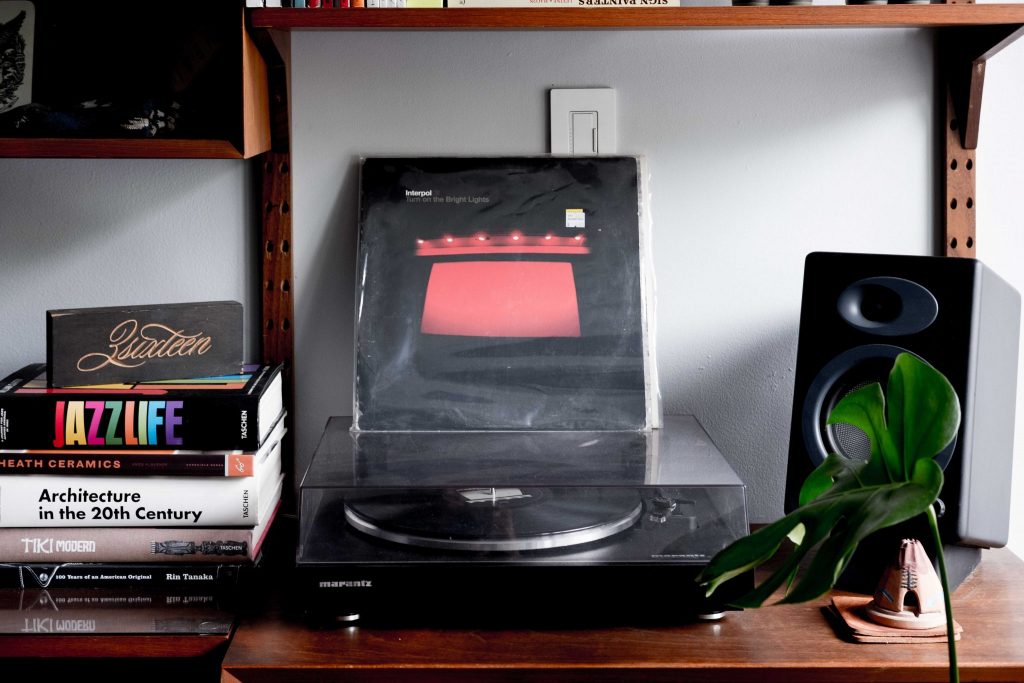
PERSONAL INTERESTS
You mentioned your Singularities series earlier; we love reading about these stories that aren’t exactly related to clothing, but they definitely speak to some of the things that are exciting for you personally. Can you tell us a bit more about that?
A: We’ve found that the principle of good design that appreciates or ages well has common threads across many different industries and professions. And we try and bring customers on that journey, not only with the stuff we make but the stuff we consume and also present. I hope that readers find that common thread in Singularities, which is our online editorial site where we interview really cool customer of ours who also work really hard at making things that will be used, consumed, and enjoyed for a long time.
Everyone from Nick Horween, who is one of the last remaining tanneries in the U.S., and we all know and love the leather they do; to Bailey Robinson, who has carefully studied the art of tattooing and is working in such a way that when you see his tattoo, you recognize it as his. It has a very unique 20’s, 30’s, American, folky perspective. And to Transmitter Brewing, who are craft brewers here in Long Island City in Queens, and their approach to specific farmhouse style ales. They have a really unique perspective, which means that if you want an IPA – they don’t make it. So the people we are inspired by, the products and designs that we love, whether it’s furniture, music, or elsewhere, all that helps inform the way that we try bring out our ideas through our clothes.
Do you have any tattoos from Bailey Robinson?
A: I have a few from him. Part of what has been really fun about that is getting to know him as a person and learning about what is important to him. He is a really unique individual. We did the interview in his home studio in Williamsburg. If you read the interview, you can see his interests in vintage clothing, ephemera, and artwork all inform the way that he works. They all come together so that he can dive deeper into his specific way of tattooing. That was very inspiring for me, to see how all those pieces connect for him. And, I hope now and in the years to come as people examine the type of things that we dip our feet into – that aren’t specifically clothing related – that they can start to understand it a little better.
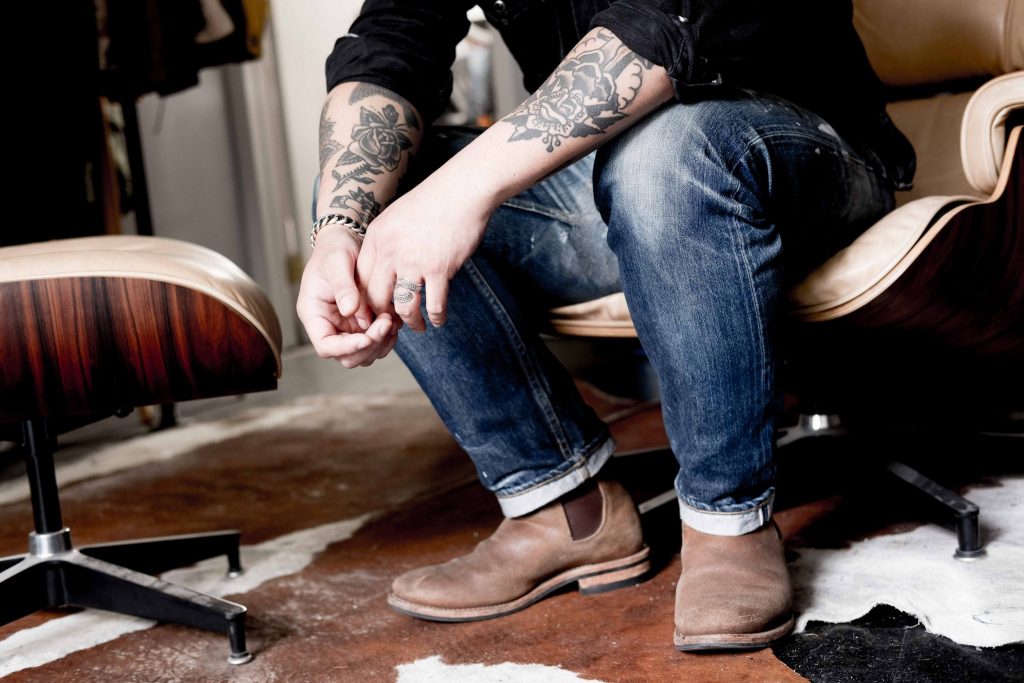
COLLABORATIONS
How about your approach towards collaborations? Are they pretty organic or are they sometimes deliberate, either by the other side or by 3sixteen?
A: Collaborations are a lot of work for a generally small output, so the only reason to do it is to allow us to communicate our love and appreciation for another brand – whether they are big or small. 3sixteen is an avenue for all of us to really dig deeper and explore our personal passions through the lens of the clothing we make. The clothing allows us to build a lot of relationships: because we make something that doesn’t suck, we get to meet other people whose work we also appreciate. If it sucked, then there really is no common ground anymore. But if you make something that people like – and maybe not even like, but respect and want to know more about – then that creates an avenue to talk and sometimes you’re pleasantly surprised that they’ve already been buying from and supporting your brand. And so we want our customers to go on this journey with us – to learn, discover, and develop a deeper appreciation for something they might not have had before.
Looking ahead, is there anything new in the foreseeable future for 3sixteen? Or, will menswear and clothing always be it?
A: We’re kind of in a good place right now. The collection might grow, and even though it’s tiny compared to a lot of other brands, it feels big to us already. In five years, if the support is there, it will probably feel even bigger. I think that will only happen if we feel like we can make more pieces per season without just mailing it in on a couple of them. I don’t want anything here to feel like we just jammed it out; it should all have a reason to be in the line, so if the collection gets bigger it’s cool. If there are more opportunities to connect with customers here in New York, I think that would be cool. There are no plans for a New York retail store at this moment. But if and when we do it, we would have to be in a place where we can afford it and where it would be beneficial for all. Just as it is in LA, the primary focus of a retail space is for people to see, visualize, and understand our brand better. It’s not meant to solely to be a transactional place.
You can find our latest 3sixteen offerings over on the Withered Fig store, including their F/W 17 releases.
